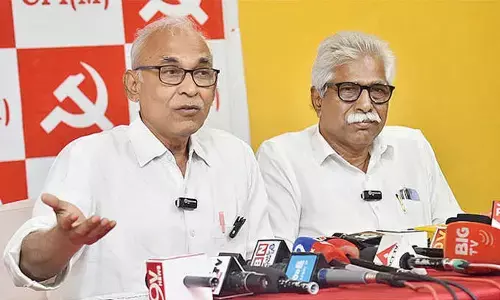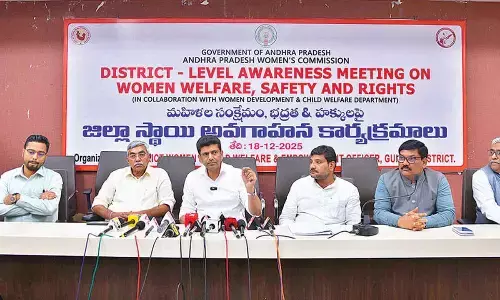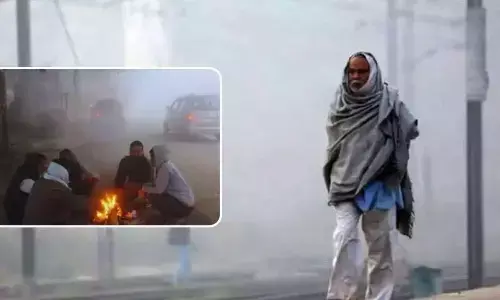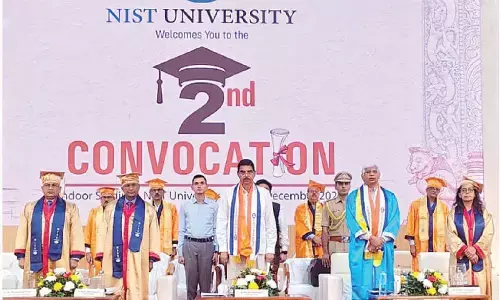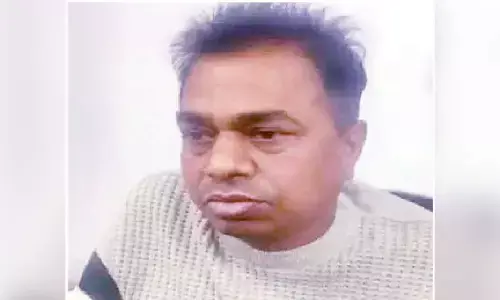The Charred Remains Of A Woman Pregnant With Twins Are Discovered In 4,000-Year-Old Urn
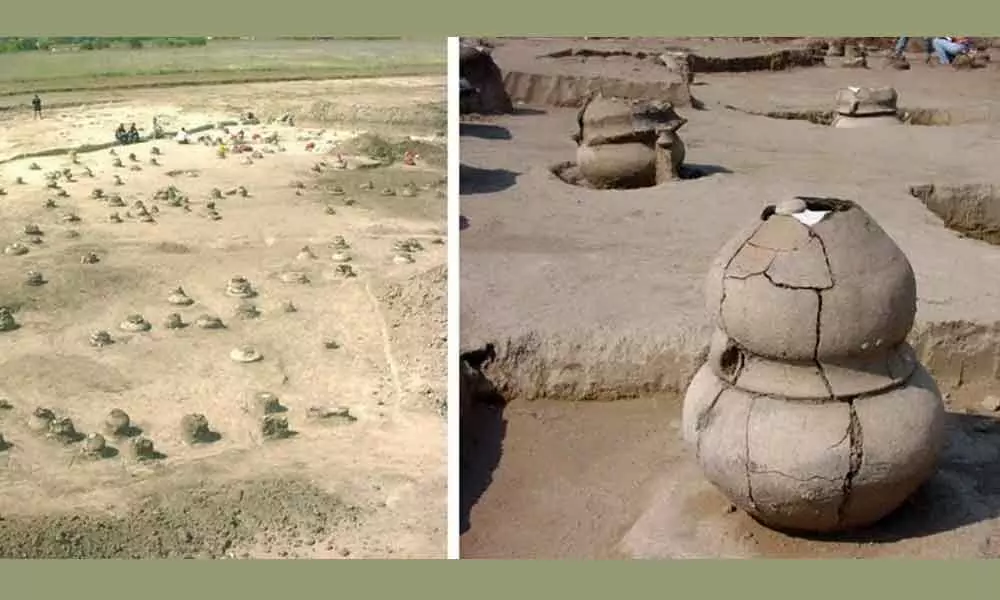
Cemetery with urn in Szigetszentmiklós, Hungary. (Cavazzuti et al., PLOS ONE, 2021)
- Several traces of human remains and artefacts discovered in a 4,000-year-old graveyard near the Hungarian city of Szigetszentmiklós have been analysed by researchers from Italy and Hungary.
- The Vatya is only known from a scattering of fortified constructions and graves of cremated remains placed in ceramic urns.
Several traces of human remains and artefacts discovered in a 4,000-year-old graveyard near the Hungarian city of Szigetszentmiklós have been analysed by researchers from Italy and Hungary.
The 'urnfield' cemetery, which consists of hundreds of clay pots excavated half a kilometre from the Danube's bank, retains a treasure trove of archaeological data from a long-lost society known as the Vatya. The greatest of these urnfields was discovered during a recovery dig before the development of a new supermarket near Szigetszentmiklos.
However, the Vatya is only known from a scattering of fortified constructions and graves of cremated remains placed in ceramic urns. It is indeed merely enough to give an impression of a people who lived in the Danube basin for about a millennium, beginning around 2100 BCE.
Within half an acre, 525 burials were discovered, largely consisting of bone pieces, ash, and the occasional grave items made of pottery or bronze.
Meanwhile, the researchers obtained 41 samples of 29 burials, including 26 urn cremations, and used a variety of laboratory tests and measurements to get a better idea of how certain people were. Among the severalurns, one of them particularly stood out. It was coded as 241 and contained more opulent goods such as a golden hair ring, a bronze neck ring, and two bone pins. The 241's urn reflected the community's reverence, with a design that was unique to an early Vatya motif.
While examining the burials, it was found that one of the evidence witnesses the cluesthat the inhabitant was a woman in her late 20s or early 30s and was really buried alone among the bone fragments. She was buried along with two little infants, barely foetuses of roughly 30 weeks. gestation.
Whereas the majority of the urns only held a fraction of the deceased burnt remains, the contents of 241 were remarkably complete, like as if great care had been undertaken to collect every last fragment from the cremation fire before burial. Her body, despite being fragmented, nonetheless held microscopic clues about her life history that could be deduced from an examination of its isotopes. Her femur's conical section would have rebuilt at a normal rate over time, preserving evidence of nourishment and activity.
Similar investigations of the bones in other urns suggest that her integration was not at all unique, with several other women arriving from far away from the burial site.
According to sources, it is estimated that the respectedyoung woman had married into the Vatya community's upper ranks, wearing her antique neckband as a symbol of her distant upbringing, and receiving bone clothes pins and a hair ring as gifts welcoming her to her new home. She eventually died in her prime, pregnant with twins. We can only speculate, based on what her bones reveal, whether her death was caused by an early birth or something else.
It is observed that the indicationsof women coming in from afar to form distant links, perhaps cementing allegiances, but almost certainly influencing the power and politics of a bygone era in a tangle of bones.
Next Story








